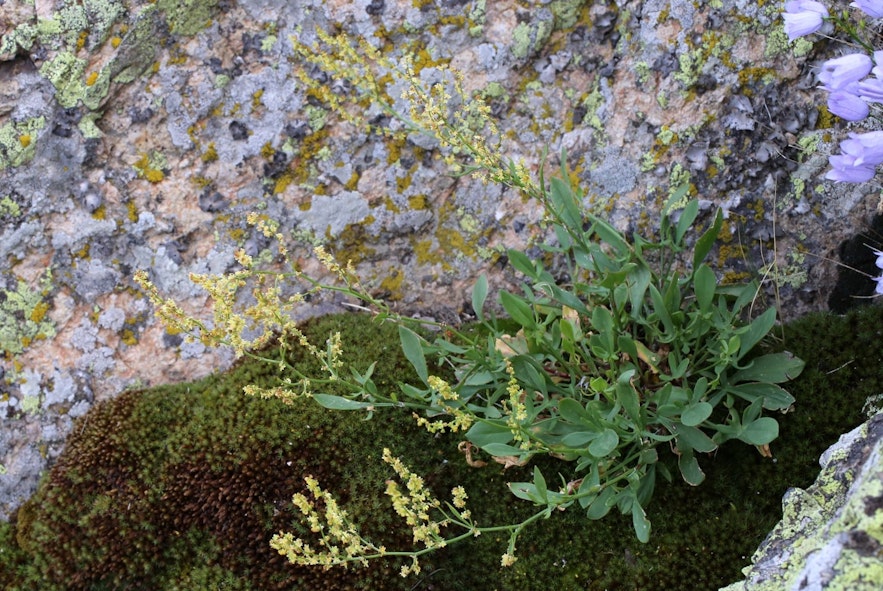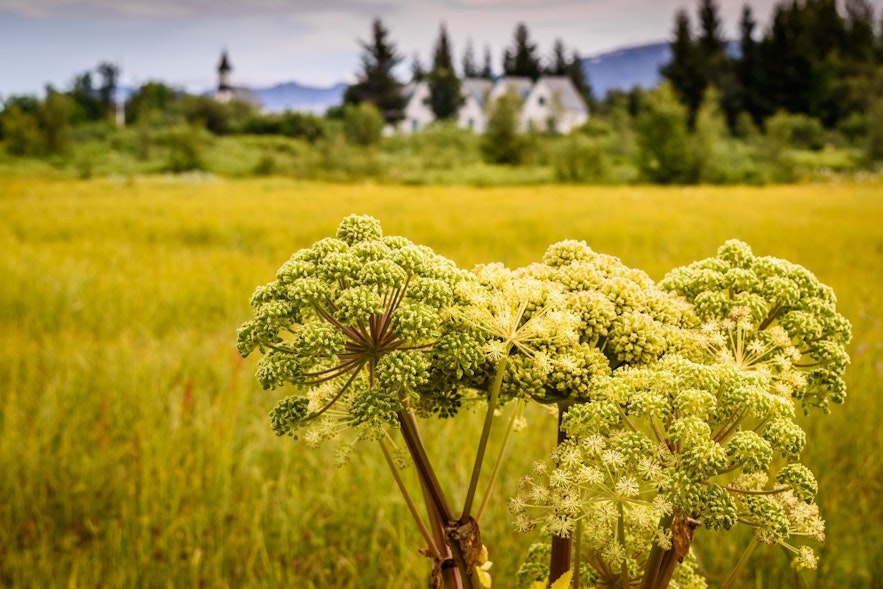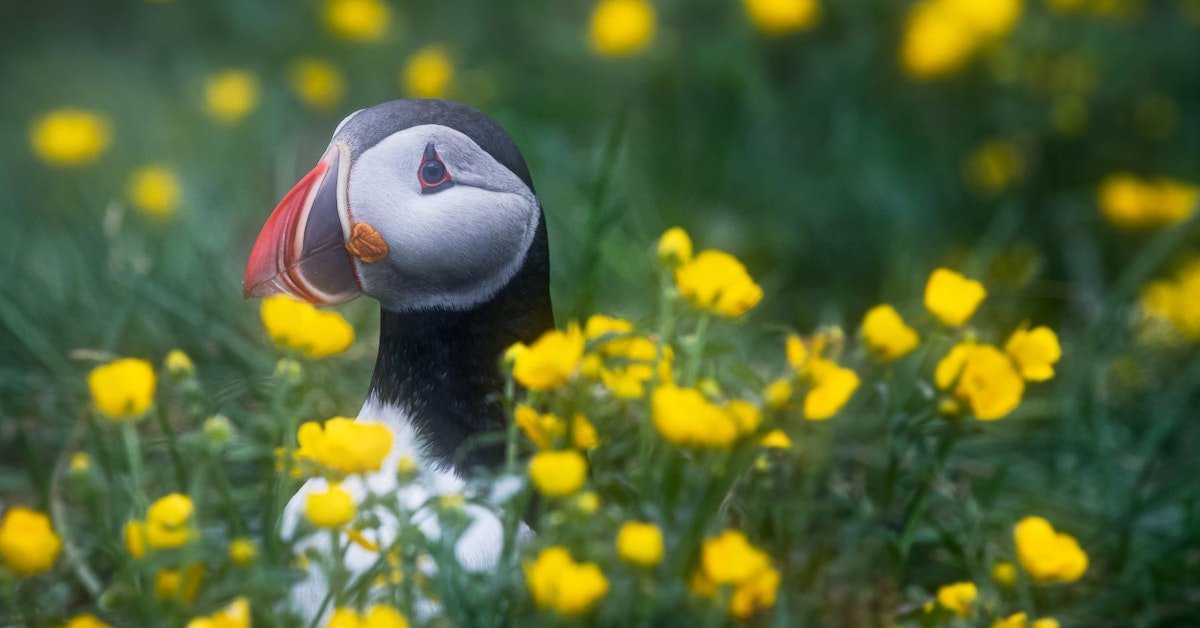The most common herbs in Iceland
During your travels, you may come across some wonderful herbs native to Iceland. Many are staples of Icelandic cuisine, and some are still used today.
arctic time


Arctic thyme (Thymus praecox) is a hardy herb native to Iceland known for its fragrant foliage and delicate purple flowers. In Icelandic it is called “Blóðberg” and can be found all over Iceland, especially in mossy areas. Their bright colors make them easy to spot, so you’re likely to come across them while traveling along the ring road in summer.
Arctic thyme has been used in herbal medicine for centuries for its purported medicinal properties. It is said to be effective against colds, flu, digestive problems, and even sleep disorders.
This plant is closely related to the timian in your kitchen drawer. Arctic thyme, like its cousin, is a popular herb for its unique flavor and lovely aroma. It pairs well with Icelandic lamb, and you might come across this ingredient when visiting a local restaurant or on a food tour of Reykjavík. Arctic thyme has also traditionally been used in herbal tea, known in Icelandic as ‘brodbergste’, or in combination with other wild herbs.
sheep sorrel


Sheep sorrel (Rumex acetosella), known in Icelandic as Fundasula, is an herb known for its distinctive sour leaves. Sorrel is traditionally used in soups for its unique flavor, and most Icelanders have likely tasted wild sorrel at least once, especially as children.
There are many different types of sheep sorrel plants. The flowers are usually red, but may appear light green. This plant is often found in open, disturbed areas such as grasslands and roadsides.
Yarrow

 One of the most important medicinal plants in Iceland is yarrow (Achillea millefolium). Known as “Vallhumall” in Icelandic, it is most common in the north, northeast, and southwest of Iceland. It grows up to 16 inches (40 cm) tall and blooms in clusters of small white flowers. The scent is also strong.
One of the most important medicinal plants in Iceland is yarrow (Achillea millefolium). Known as “Vallhumall” in Icelandic, it is most common in the north, northeast, and southwest of Iceland. It grows up to 16 inches (40 cm) tall and blooms in clusters of small white flowers. The scent is also strong.
Yarrow is used medicinally throughout the world, with the first mention of its use in Iceland dating back to the 14th century. It has been used to heal external and internal wounds, treat skin conditions such as eczema, treat colds and flu, and relieve tooth pain.
It is said to be good for lowering blood pressure, regulating menstruation, and relieving the side effects of menopause. It is now a popular ingredient in Icelandic skin care products.
angelica


The tall angelica herb (Angelica Archangelica) is commonly found in the flora of Iceland. It thrives in moist, nutrient-rich soils along rivers, meadows, and other moist environments throughout Iceland. In Icelandic it is known as “Ætihvönn”.
Angelica occupies an important place in Icelandic history. It was prized for its medicinal properties and food source. It is still used in herbal products today.
This herb grows up to 6 and a half feet (2 meters) tall and displays clusters of large, greenish-white flowers that resemble umbrellas. The leaves are large and toothed, and the stems are thick and hollow. Its growth is difficult to control and can form vast fields in the wild. They can invade urban gardens and are difficult to eradicate, much to the chagrin of local residents.
Note that angelica can be confused with similar plants such as Persian ragweed (Heracleum persicum) and giant ragweed (Heracleum mantegazzianum). Both are poisonous and should not be touched, but thankfully they are less common than angelica.

